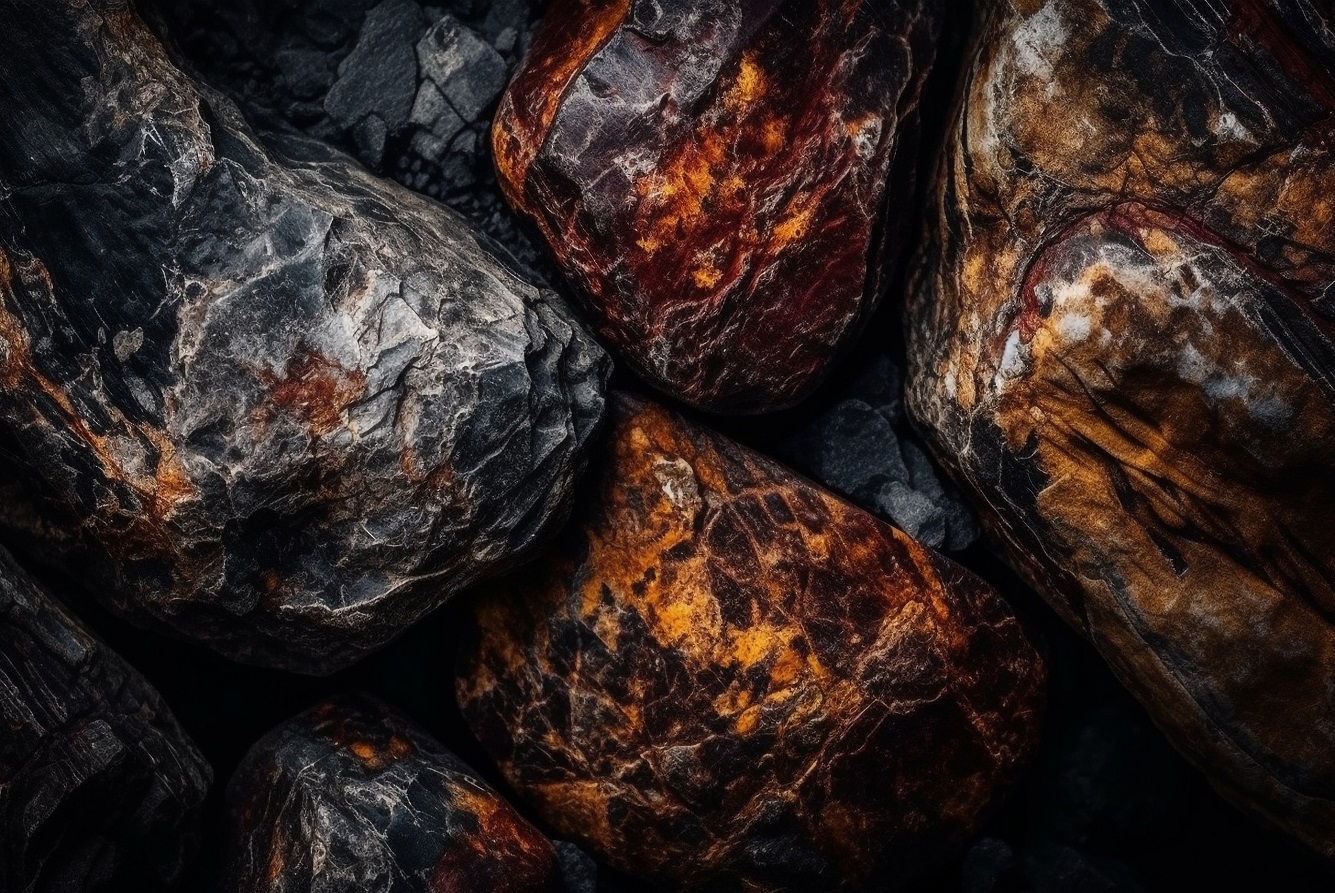

Steel is a metal that’s everywhere, and yet very few people know its manufacturing process. Do you know how steel is manufactured and reaches your kitchen or bathroom in the form of knives or faucets?
This blog is going to be an eye-opener for you as it is a journey of iron ore, from being extracted from the depths of the earth to turning into a shiny metal and becoming a part of your life.
Here is the comprehensive iron ore to steel process:
Steel is made of iron ore. Iron ore is a compound that has iron, oxygen, and other minerals.
The extraction process of iron ore is a lengthy one. First of all, the experts commence geological exploration. They find new iron deposits and use drilling to see whether the earth in a specific location has iron ore deposits.
If yes, the place is then blasted with explosives. The drill goes deep into the rock and loosens the material with the explosives. The loose materials are then hauled into huge trucks and brought to the factory, where further iron ore processing occurs.
Once the material reaches the factory, it is unloaded, and through stackers-reclaimers, it is put on the conveyor belts and graded. It may involve crushing, grinding, and magnetic separation to concentrate the iron.
The graded iron ore enters either the coke plant or the sinter plant. A coke plant uses coal to heat the iron ore to 1250⁰c, and by removing oxygen, it results in pure iron. In the sinter plant, the impurities are removed, and iron ore powder, fluxes, and recyclable stainless steel are mixed to create sinters, which is optimal for a blast furnace.
A blast furnace is the most common method of turning iron into molten iron. However, the oxygen must be removed from it, which is called reduction. A hot blast of hot air is injected into the furnace, which separates oxygen from iron ore.
A DRI furnace is the same as a blast furnace, with the only difference being that instead of hot air, natural gas is used in a DRI furnace for reduction.
The metal is then transferred to the electric arc furnace or basic oxygen furnace. These furnaces melt scrap steel. Scrap steel can be recycled multiple times, which makes it an environmentally friendly metal. An EAF uses high-power electric arcs to melt the iron. A basic oxygen furnace is slightly different. It uses oxygen, which is blown into the molten iron, and adjusts its carbon content. These processes involve adjusting the chemical composition and removing impurities.
The choice between BOF and EAF depends on the type of steel being produced and the available technology. The metals are infused at this stage to create the required steel grade.
The molten steel is then poured into a ladle, which then pours it into a continuous caster. The liquid steel passes through a mold. It emerges as a continuous slab of steel.
Hot rolling is the process of shaping metal wherein the metal is reheated at 1200⁰c. Cold rolling is suitable for creating precise steel parts, such as car body parts. Cold rolling takes place near or at room temperature.
The steel can then be formed into finished products through rolling, forging, extrusion, or other shaping processes.
When the steel is cooled down, its properties are enhanced through annealing, galvanizing, tempering, quenching, case hardening, etc.
Surface treatment enhances the finished products’ aesthetics, reliability, and performance. It includes mill finish, bright annealed finish, No. 1, 2D, 2B finish, etc.
Steel products go through rigorous quality control and testing procedures to ensure they meet the required standards for strength, durability, and other properties. When you search for a steel supplier in Albuquerque, ensure that they emphasize quality control and testing during steel manufacturing.
Steel can be recycled multiple times, which makes it a most environmentally friendly metal. Scrap steel is a significant part of the steel manufacturing process. By recycling steel, you reduce Co2 emissions and also the energy and time spent on iron ore extraction and mining.
The vast array of steel products is manufactured through the process discussed above. Here are some common steel products and their applications.
Steel is known for its versatility and corrosion-resistant properties. If you are choosing steel for any of your projects, source it from a trusted steel supplier like New Mexico Metals LLC, Albuquerque. We understand the importance of quality metal, offering you the best material for both retail and wholesale use.
Source quality steel only with New Mexico Metals LLC!
Que: What is Iron-Ore Pelletizing?
Ans: Iron ore pelletizing is a process in which iron ore is concentrated and transformed into small, spherical pellets that are ideal for use in steel production. This process enhances the efficiency and cost-effectiveness of iron ore utilization, making it a valuable step in the steel manufacturing industry.
Que: What are the different kinds of iron ore?
Ans: There are four types of iron ores- Hematite, magnetite, pisolitic ironstone, and titanomagnetite. Hematite and magnetite are used in the steel industry.
Que: What’s the major difference between Iron and steel?
Ans: The major difference between iron and steel is their composition. Steel is an alloy made of iron but has other metals such as nickels, chromium, manganese, etc. Iron, on the other hand, is natural and very hard. It is very prone to corrosion, which steel is not, thanks to the nickel and chromium, which lend it the sparkling shine.